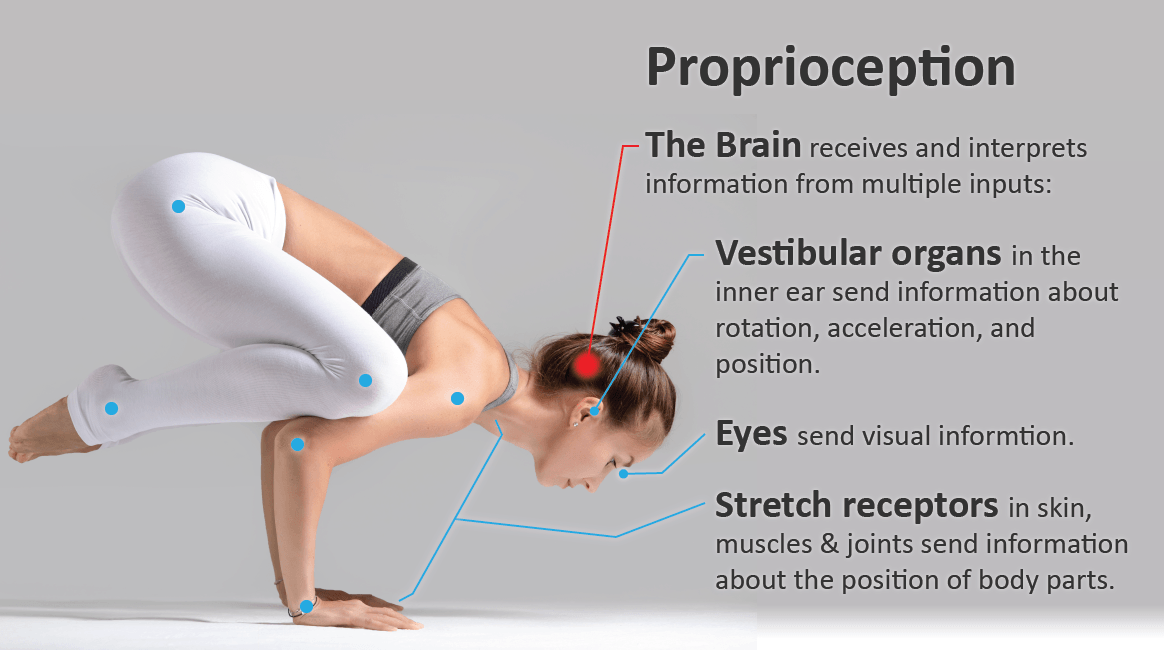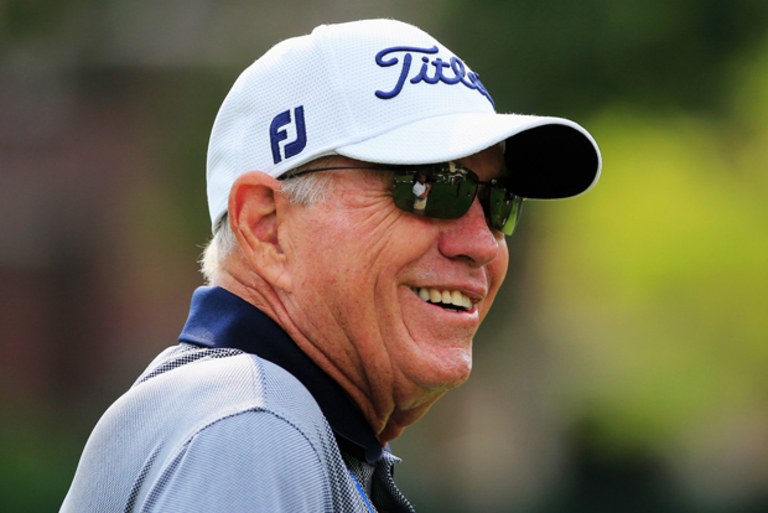The sixth sense
Taste, touch, sight, hearing and smell….we learn all about these 5 sense from childhood. Recently though, scientists are recognising that there are more, a lot more, even as many as 20.
This sixth sense that I am referring to, doesn't have anything to do with clairvoyance, extra sensory perception or Bruce Willis.
However, recognising what the sixth sense is, and what is does, is very important to the golfer, because it helps them decide how they want to practise and play.
The sixth sense is called proprioception (‘ones own sense’).
The sense of proprioception (sometimed used interchangeably with kinesthesia), transfers information from our limbs and body to our brain about the position they are in, relative to each other and the surroundings.
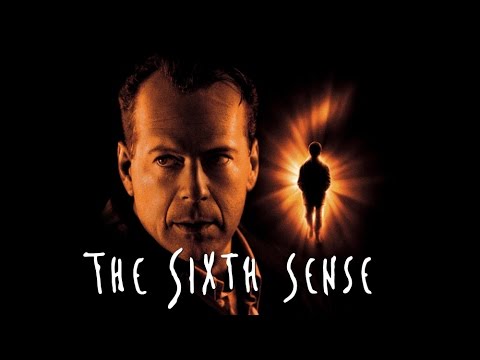
'The sense of proprioception (sometimed used interchangeably with kinesthesia), transfers information from our limbs and body to our brain about the position they are in, relative to each other and the surroundings'.
Proprioception
It’s the sense of movement or motion, and is responsible for physical co-ordination in all our activities. This would include the golfers action.
Hand-eye co-ordination and muscle memory are controlled by this sense, as well as mechanosensation which is the ability to sense force.
The degree of sensitivity of the 5 senses is unique within each person. Its determined by our predispositions, genetic makeup and health in the body. We don’t all have a standard sense of smell or quality of sight, and its good to reaslise that our proprioceptive ability isn’t the same as everyone elses.
A golfers body shape and athleticism, determine the senses development and sets the limits.
An example can be seen in the driving distances that golfers hit the ball. On the PGA Tour Tony Finau is topping the distance charts this season (March 2018) with an average drive of 322.7 yds, while Ken Duke hits it just 266.8 yds on average.

The 'best' specialist knows best...
If you take nothing else away from this article let it be this, ‘intellect/reason isn’t part of this biological function’.
This means that how we intellectually think about our golf swing, and how we consciously direct it, can only interfere with how biological function works, because intellect and reason are dominant.
Intellect and reason need only supply the intention, and the intention should be restricted to what the golfer is trying to do with the contact, or the shot.
If you read an article that suggests you should swing like Jordan Spieth, and employ a chicken wing action, check yourself and leave the page.
This type of information is nursery school journalism.
Look at it this way.
If you have an ailment, you might check google first, then you might phone NHS live. They give you their opinion.
Depending on what they say, you may go and see the nurse. She has an idea about what it might be, but books you an appointment with the GP.
He thinks it might be something else, and refers you to a specialist for the final diagnosis.
As you go up the line the knowledge is more specific, and likely to be more correct.
We need to be careful who we accept information off.
We need to be careful who we accept information from
Whats the ideal viewpoint
On the physical/mechanical/intellectual planes, analysts use only their eyes to guide their intellect.
They interpret what is happening in the golf swing and form an opinion. Opinions from experts viewing the same video of a golfers action can differ considerably, (unless social proof herds the sheep).
Look at this video of Brandell Chamblee and Frank Nobilo dissecting why Tiger Woods missed the cut in the 2014 PGA Championship.
They cant agree, because they are speaking from different planes. Chamblees argument is coming from his technical/mechanical beliefs, and Nobilo’s counter is coming from a physical/emotional standpoint.
A golfers swing isn’t a mathematic equation, it’s a sensory action with the tiniest of intellectual input.
The, the intellect supplies the intention, the eyes fix the depth, propriocepton performs the action.
So the way a teacher decides on what is the right interpretation of what they see, is determined by what he or she intellectually knows, and this comes from previous experiences of success with themselves or their pupils……or belief in a method.
The intricacies of motion dictates, that if there is a change to how a part works it affects how the whole lot works..
'A golfers swing isn’t a mathematic equation, it’s a sensory action with the tiniest of intellectual input'.

The body knows you know
If I look at the worlds top players I can see both similarities and differences in each of their actions (how surprising).
At the top of the world rankings and well documented, is Dustin Johnson and John Rahms. Each bows their left wrist at the top of the backswing.
Not too many years back, popular opinion concluded, that no top player could have this exaggerated angle in their action, and compete consistently.
Jordan Spieth has a chicken wing action after the contact. Justin Thomas has a hip action that’s faster than most. Rory McIlroy hits the ball a country mile, despite being approximately 5 inches smaller than big hitters like Dustin Johnson and Bubba Watson.
Hideki Matsuyama has a pause at the top of his backswing, while Justin Roses practices a mechanical pre-shot routine which emphasises holding the deep wrist cock in the forward swing and rotating through (well that’s at least what it looks like).
The afformentioned Justin Rose, saw an upturn in his putting stats during late 2017, early 2018, which just happened to coincided with a perception shift away from the mechanics of the action….
He began allowing his biology to react to the line and pace of the putt.
The same thing happened with Rory McIlroy, who immediately won the Mastercard Arnold Palmer Invitational 2018, after Brad Faxon basically told him to dump the mechanics.
The story goes that Rory went to see Faxon to ask him about putting, and Faxon asked Rory ‘what do you think about when you are driving the ball’, McIlroy answered ‘nothing’ and Faxon said ‘why do you have to think about your putting then’.
McIlroy put his senses back in charge by a change in ‘intention’.
'The same thing happened with Rory McIlroy, who immediately won the Mastercard Arnold Palmer Invitational 2018, after Brad Faxon basically told him to dump the mechanics'.
The emotional plane
Doesn’t it make sense, to practise the your game in sympathy with how your biology works, instead of against it.
Is it any wonder that Butch Harmon is at the top of the world of golf instruction. Players that go to see him know, if he hasn’t coached them, he has seen all the top players practise, from Ben Hogan forward.
He knows the scatter patterns of the best players who ever played the game, and as such, can compare that, against the striking ability of any of the talented players he is coaching.
So when he sees a super high level of ball striking, and conveys how well they hit it to a pupil, they believe him and they trust him.
This is coaching on the emotional plane.
'This is how silly it could become. If his head dips by 2 inches its fine, but if it dips by 2 1/2 inches, that’s no good and if it dips by 4 inches his career is over'
Video analysis
There is a preoccupation with video analysis to describe what is seen in the golfers swing. The action is dissected, and parts highlighted to describe why the player is so good, (or if he is playing badly at any time, why that might be also).
Golfers watch the videos of these experts and digest the narrative. The comments are often acccepted as facts.
However in most cases the result of the actual shot isn't known. Also the analysis doesn't represent the other 40+ full shots the player makes in the round. The information is incomplete.
I found myself sucked in, watching Tiger Woods head dip down low on the forward swing during some period in his career, and nodding in agreement with the comments.
I was following the sheep, and forgetting that Tiger would have hit many quality shots during that round as well. However, the few poor ones he hit that damaged his score, ‘while his head was dipping’, would be used, to back up the commentators theory.
This is how silly it could become. If his head dips by 2 inches its fine, but if it dips by 2 1/2 inches, that’s no good and if it dips by 4 inches his career is over.
This defies logic. Yet somehow, opinions such as these can become accepted as facts.
In 2014 Tiger Woods chipping and pitching deteriorated. The instructor of the time convinced Tiger that he was getting used to ‘a new release pattern’.
No, what happened was that, on advice, Tiger was intellectually interfering with his body’s own instinctive/practised ability to make proper contact.
Sensory layer
I cant see the majority of golfers obsession with mechanics ever changing, unless there is a body of authority that initiates the shift.
As science becomes more advanced, finer and finer details can be measured, and accompanying that, will be finer and finer intellectual theory to support it. Biomechanics show the way the golfers whole body works in the most minute detail, whilst swinging the club.
At some level I guess this helps, technology crawls its way into every crack and crease of our lives. The only certain way to know whether all the new information has any real substance, is when the next few generations of golfers come through, and can reliably credit technicological advancement, as the reason the scoring standard has improved.
In essence, future technology has to become responsible for a player hitting the golf ball from the centre of the face more often, for it to be credible. It also has to tell a golfer beyond doubt, that when using any technology, they will be able to consistently hit closer to their targets, and also produce lower scores, than the generations that came before them.
Most of these answers will be found in the future.
I would imagine that the sports scientists who work in these areas are certain that what they do makes a difference. I can also see, why a touring pro would take the time to investigate many of these new technologies. Most are trying to find the edge that propels their game to new plateaus…
Many times they are looking for an equation where none exists. They are looking for an intellectual process, that works in the sensory layer.
It cant be found.
'Many times they are looking for an equation where none exists. They are looking for an intellectual process, that works in the sensory layer'.
Trackman
There is no doubt that technology has its place.
The advances in club and ball design is responsible for more distance, and to a degree, a tighter scatter patter.
Trackman has created a revolution in the golfing world. Also the development of new materials, mean that manufacturers can make golf clubs lighter and stronger.
There is no doubt that gym work, is responsible for greater strength and flexibility, for the golfers who train with this purpose in mind.
Certainly for overall health, working out sensibly must add to a golfers wellbeing. Strength is certainly a factor when it comes to the ‘weight’ of the hit, and the force it generates.
On the negative side though, injuries can be caused by improper exercise. If that happens, the psychology of the golfer is negatively affected.
Pain forces the golfers body to make compensations in their action. It also distracts the mind from the job (not all bad for some) ….. or, takes them out of competition entirely while in recovery.
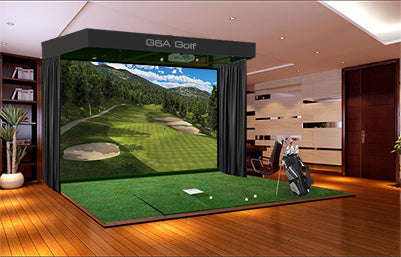 golf-simulators.com
golf-simulators.com
What makes the most sense?
To finish lets look back in time, to the older generation of golfers. From Bobby Jones, on through Ben Hogan, Sam Snead, Byron Nelson, Arnold Palmer, Mo Norman, Gary Player, Lee Trevino and Jack Nicklaus. These players developed their skills without today’s technological influences, and these same players, remain the most respected golfers and ball strikers who ever lived.
Even though it’s a silly word. Proprioception (‘ones own sense’).
Makes the most sense.
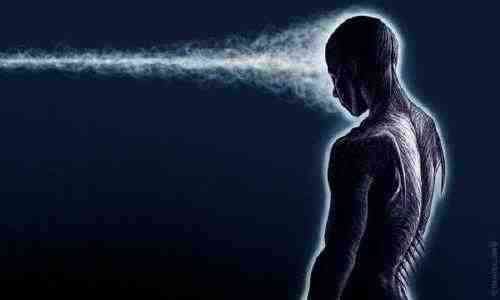
If you want to play great golf.... dont just visualise
There is no 'mindfulness' with this task, we dont need to be consciously present, or in tune with the process, because there is hardly any reasoning input needed...............unless!....Read more!
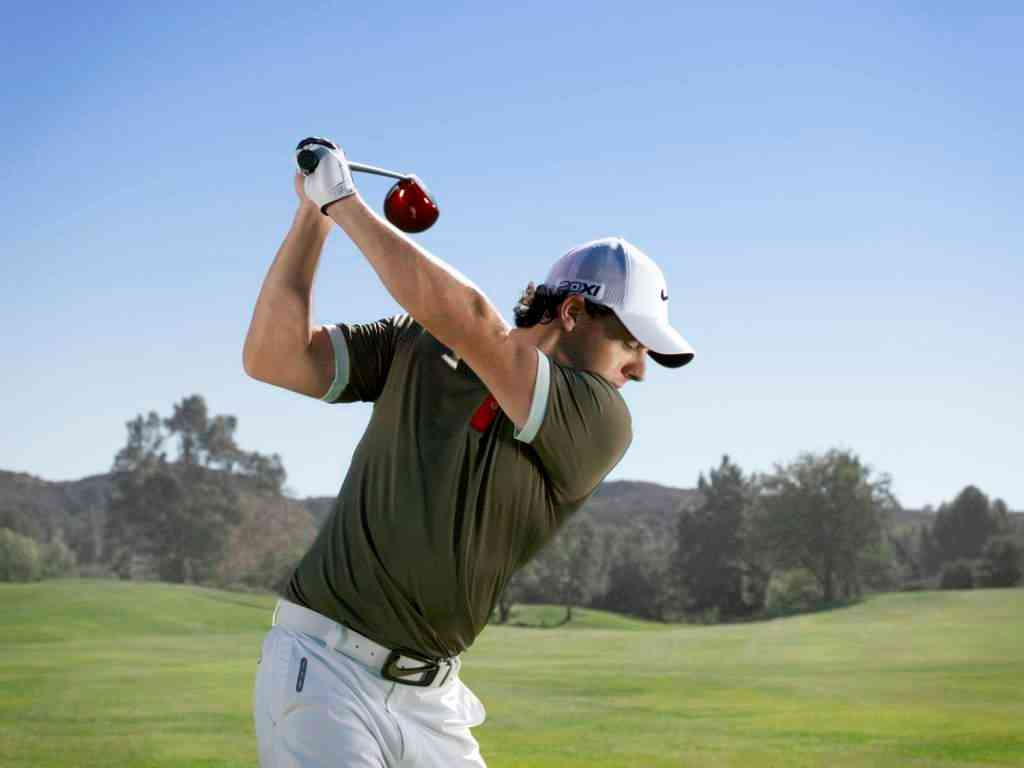
Surefire way to improve your golf...Dont use the word 'swing'.
'Isn't the best route to hitting the ball well, actually about the how the club makes contact with it. Isn't the swing 'part' more about generating force'?..........read more!



